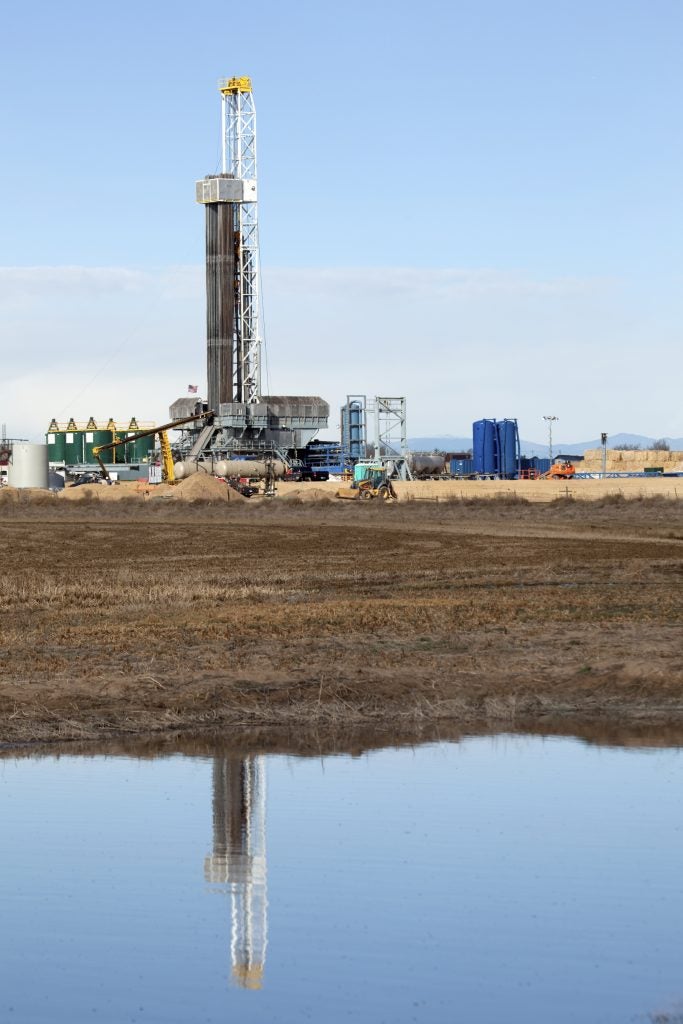 By Ben Ratner and Drew Nelson
By Ben Ratner and Drew Nelson
In spite of the anti-environmental furor of the Trump administration, 2017 has been a year of encouraging commitments by a growing number of global oil and gas industry leaders – including American oil giant Exxon Mobil – that understand methane emissions is a key business challenge. Methane is a fast-acting climate pollutant and unchecked emissions from the oil and gas sector undermine the credibility of natural gas in the transition to a lower carbon future.
The latest milestone is a commitment by BP, Exxon, Shell and other global energy companies to a set of principles to significantly reduce the amount of methane emitted across the natural gas supply chain. Environmental Defense Fund helped develop the foundational principles alongside the eight companies and other members including the International Energy Agency, UN Environment, the Rocky Mountain Institute and Indian non-profit group TERI.
Similar, yet distinct from other industry commitments made in connection with the Oil and Gas Climate Initiative or the Oil and Gas Methane Partnership (see here and here), all of these initiatives are evidence that forward-thinkers understand the stakes and see the long-term business value in addressing methane emissions. Read More














